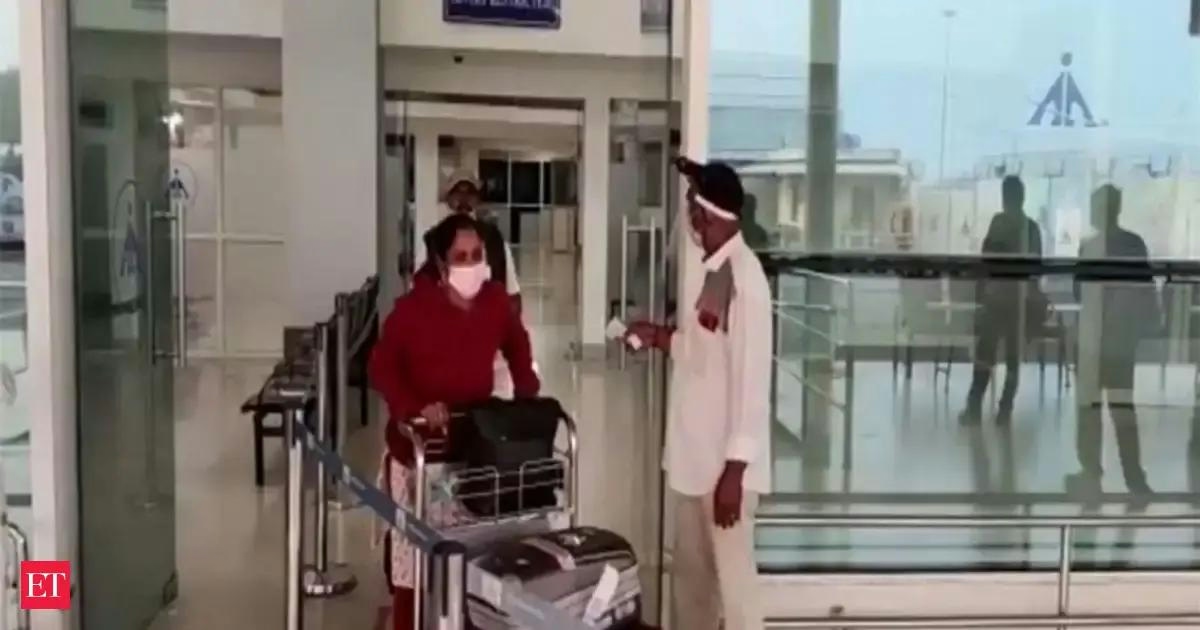
AeroGenie — 您的智能副驾驶。
热门趋势
Categories
Archer and United Airlines Join White House Program for U.S. Electric Air Taxi Trials
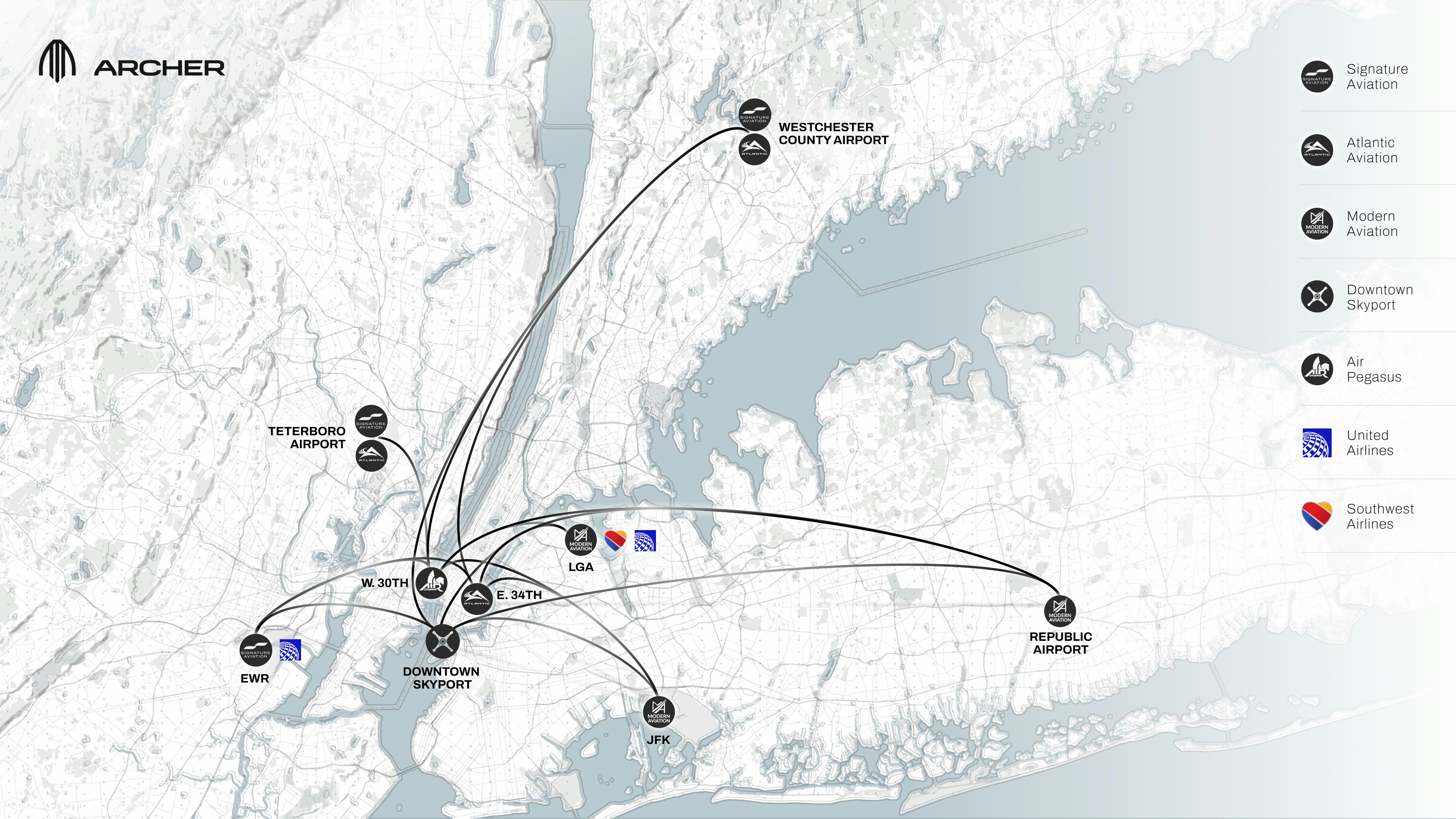
Archer and United Airlines Join White House Program for U.S. Electric Air Taxi Trials
Washington – Archer Aviation Inc. (NYSE: ACHR) has announced its participation in the White House’s newly launched eVTOL Integration Pilot Program (eIPP), collaborating with United Airlines and several U.S. cities to advance trials of electric air taxis. This initiative, established under President Trump’s June Executive Order, represents the first federal effort to accelerate the deployment of electric vertical takeoff and landing (eVTOL) aircraft in real-world operations across the United States.
Federal Support for Next-Generation Aviation
The Department of Transportation (DOT) and the Federal Aviation Administration (FAA) are leading the eIPP, which aims to create supervised, pre-certification environments for eVTOL aircraft operations. This regulatory framework is intended to facilitate trial flights as early as next year, with the objective of demonstrating that air taxis can operate safely, quietly, and at scale. These factors are considered essential for gaining public trust and securing community acceptance of urban air mobility solutions.
Archer, working alongside United Airlines and participating municipalities, will focus its trial operations on its Midnight eVTOL aircraft. The company seeks to highlight the safety features, noise reduction capabilities, and scalability of its technology, which are viewed as critical components for widespread adoption of electric air taxis.
Adam Goldstein, Archer’s Founder and CEO, described the program as a pivotal moment for the industry and the nation. He emphasized the administration’s pragmatic approach to integrating eVTOL operations in U.S. cities prior to full certification, stating that early flights will help establish American leadership in advanced aviation and pave the way for scaled commercial operations domestically and internationally.
Industry Optimism Amid Challenges
United Airlines, an early investor in Archer, expressed similar enthusiasm. A spokesperson noted that the airline’s 2021 investment was driven by the belief that electric flying taxis could transform urban passenger transport. The spokesperson added that this vision is now closer to realization than ever before.
Despite the promise of the eIPP, Archer and United Airlines face significant challenges. Regulatory approval processes remain complex, and the technological readiness of eVTOL aircraft must be validated through extensive testing. Additionally, market acceptance poses a considerable hurdle as communities and travelers adjust to new modes of urban air mobility.
Recent industry milestones underscore both progress and the challenges ahead. Archer recently completed its longest piloted test flight, while competitor Joby Aviation achieved the first airport-to-airport eVTOL flight, signaling growing momentum in the sector. These achievements have attracted increased investor interest, prompting companies to accelerate development schedules and pursue new partnerships.
Experts caution, however, that substantial obstacles remain before electric air taxis can achieve commercial viability. The success of the eIPP trials will be critical in determining the pace at which electric air taxis become an integral part of American transportation infrastructure.
As the eVTOL Integration Pilot Program advances, attention will remain focused on Archer, United Airlines, and their partners to demonstrate that electric air taxis can fulfill their promise of safe, quiet, and efficient urban mobility.
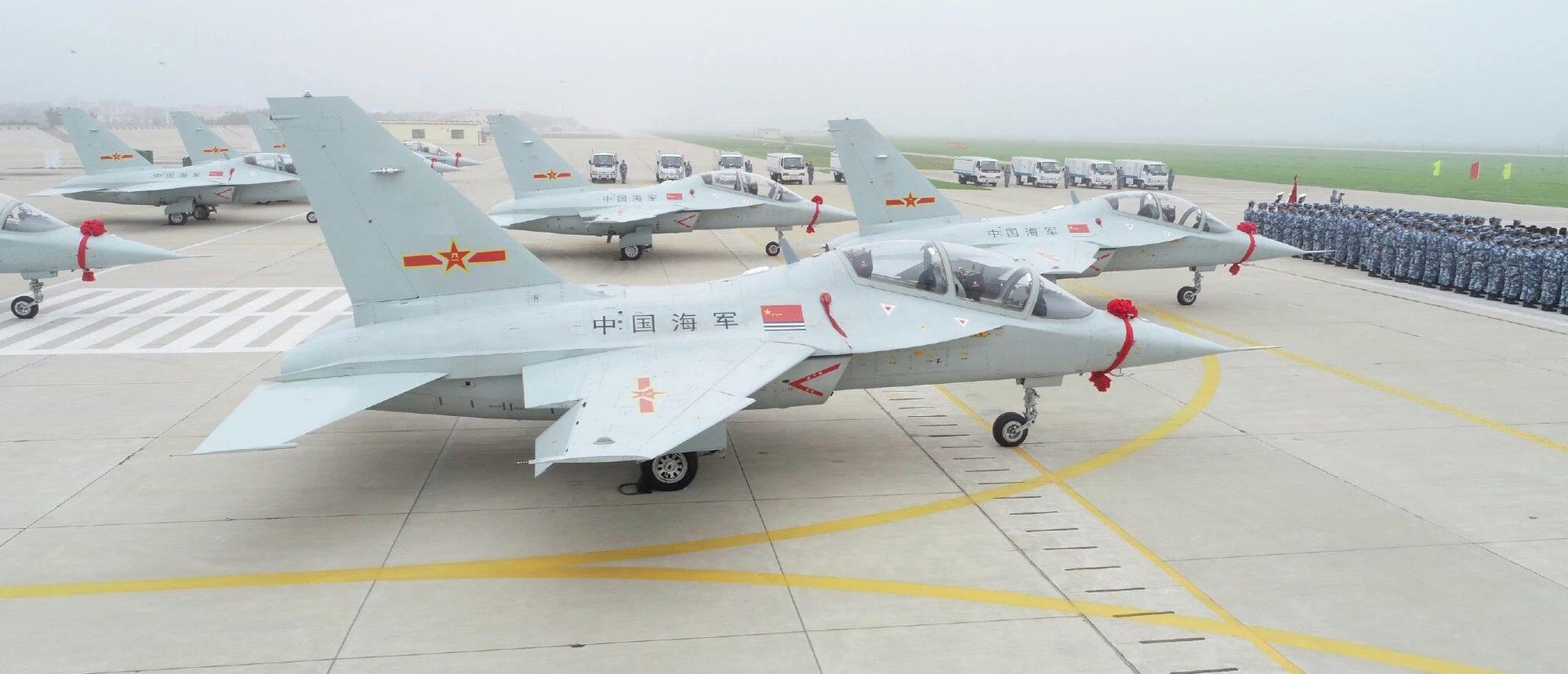
China’s JL-10 Trainer Aircraft Incorporates Ukrainian Engine Technology
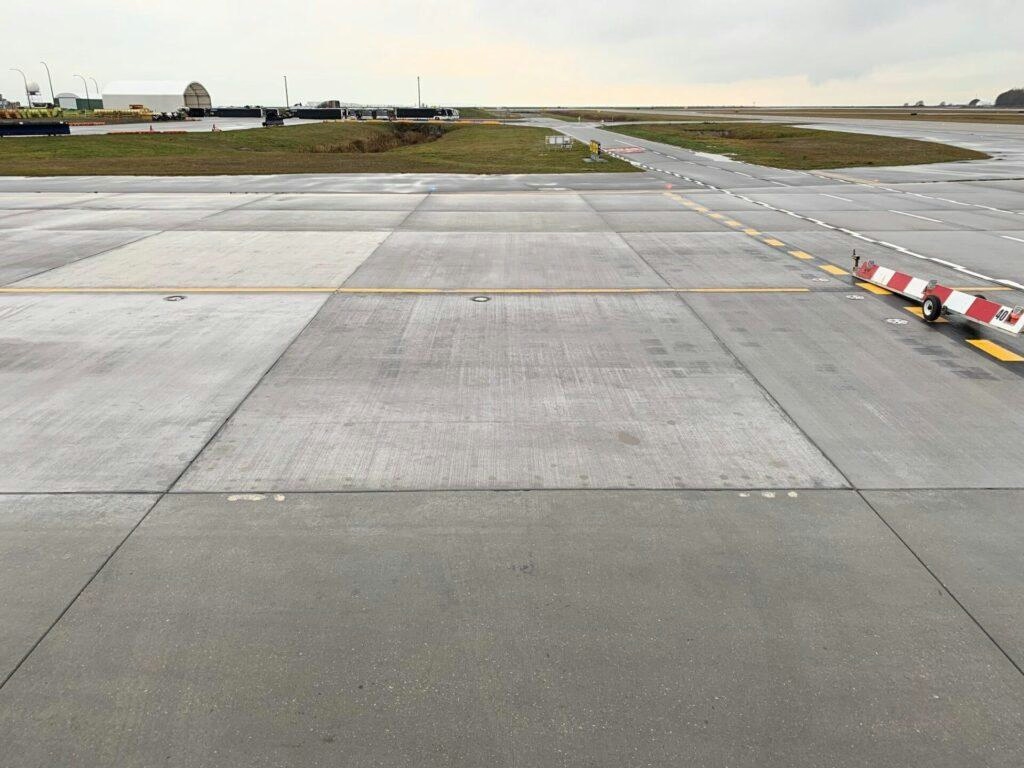
Advances in Airfield Infrastructure: Precision and Reliability
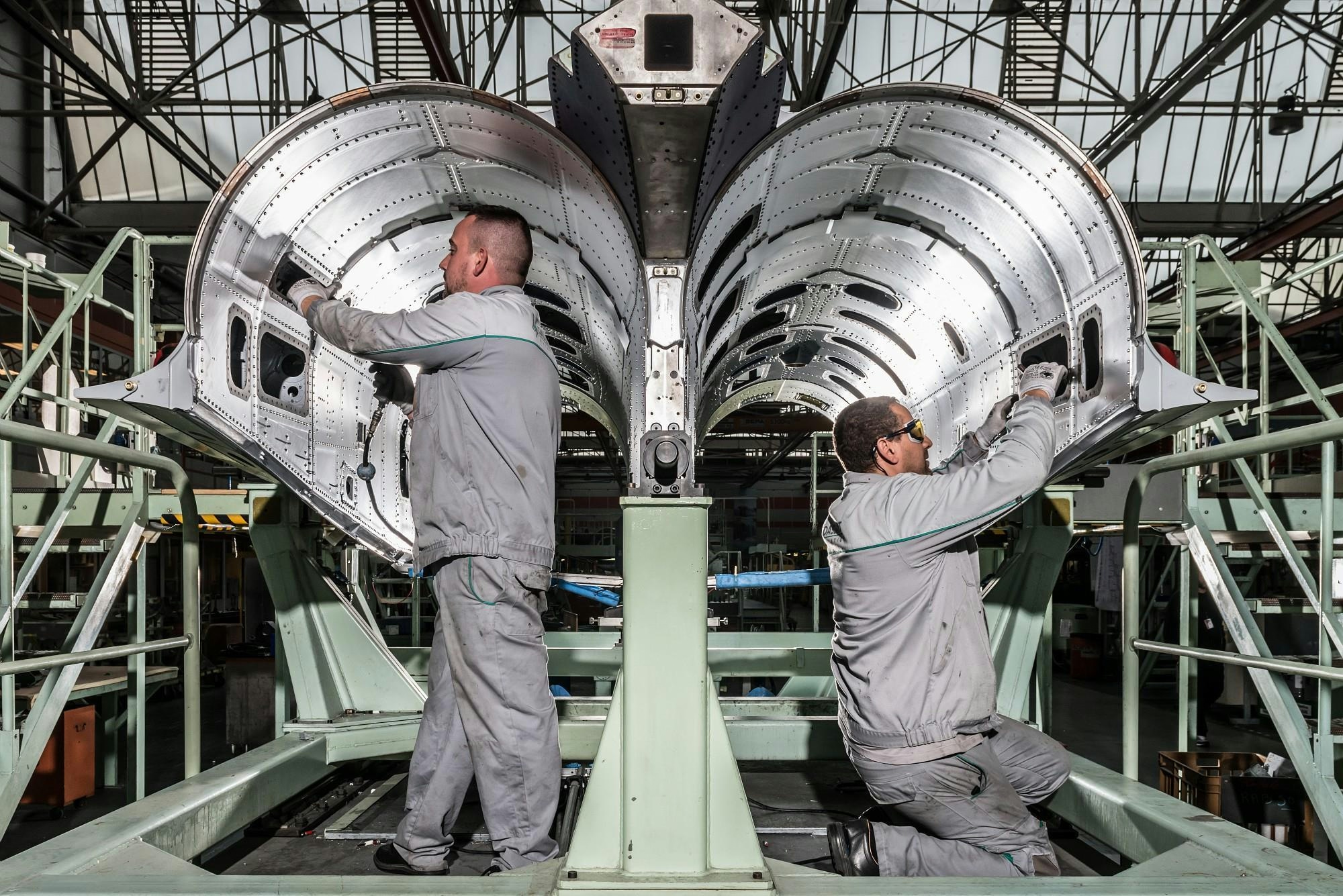
Tata Advanced Systems and Safran Open LEAP Engine Facility in Hyderabad
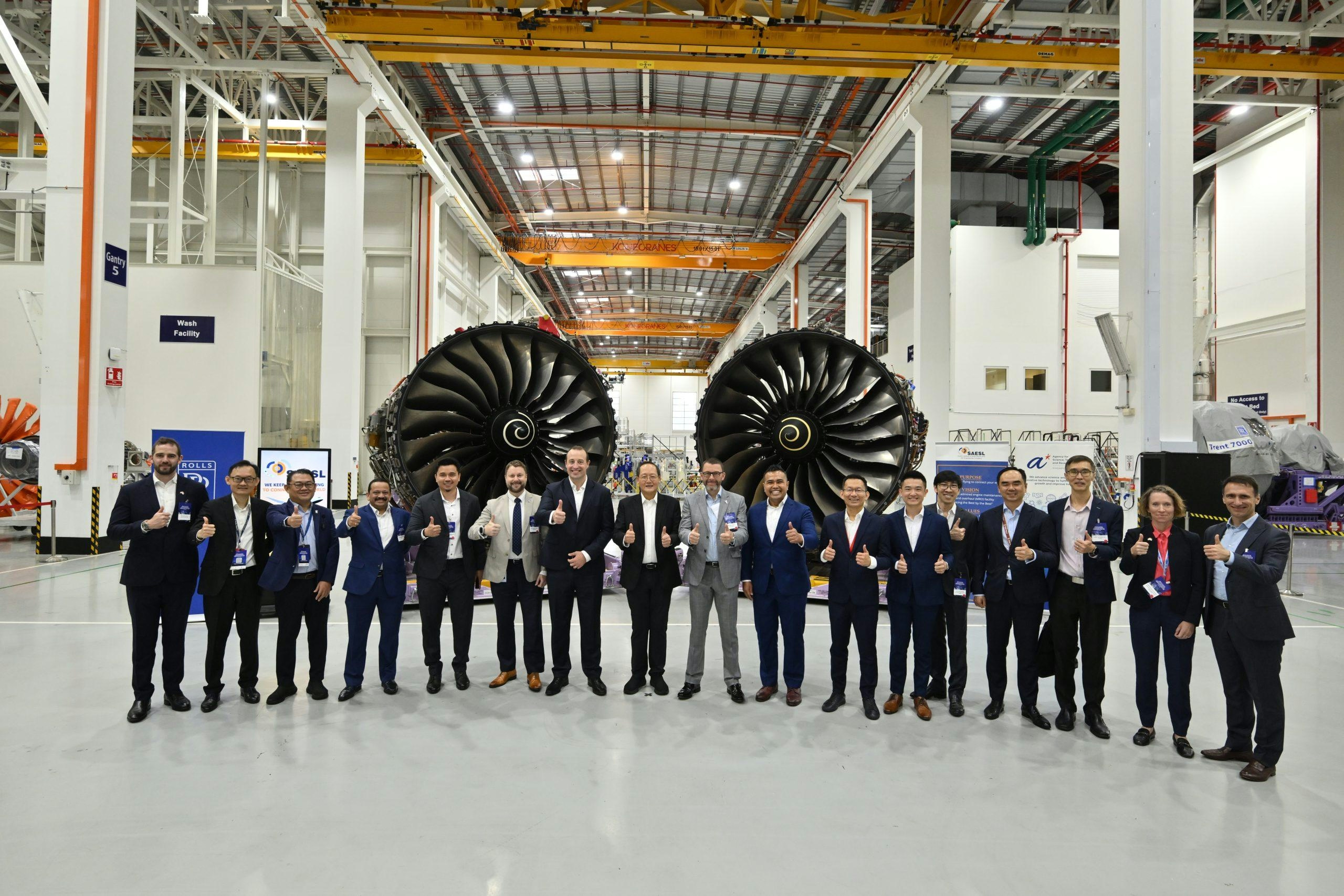
Jet Aviation Celebrates 30 Years of Operations in Singapore
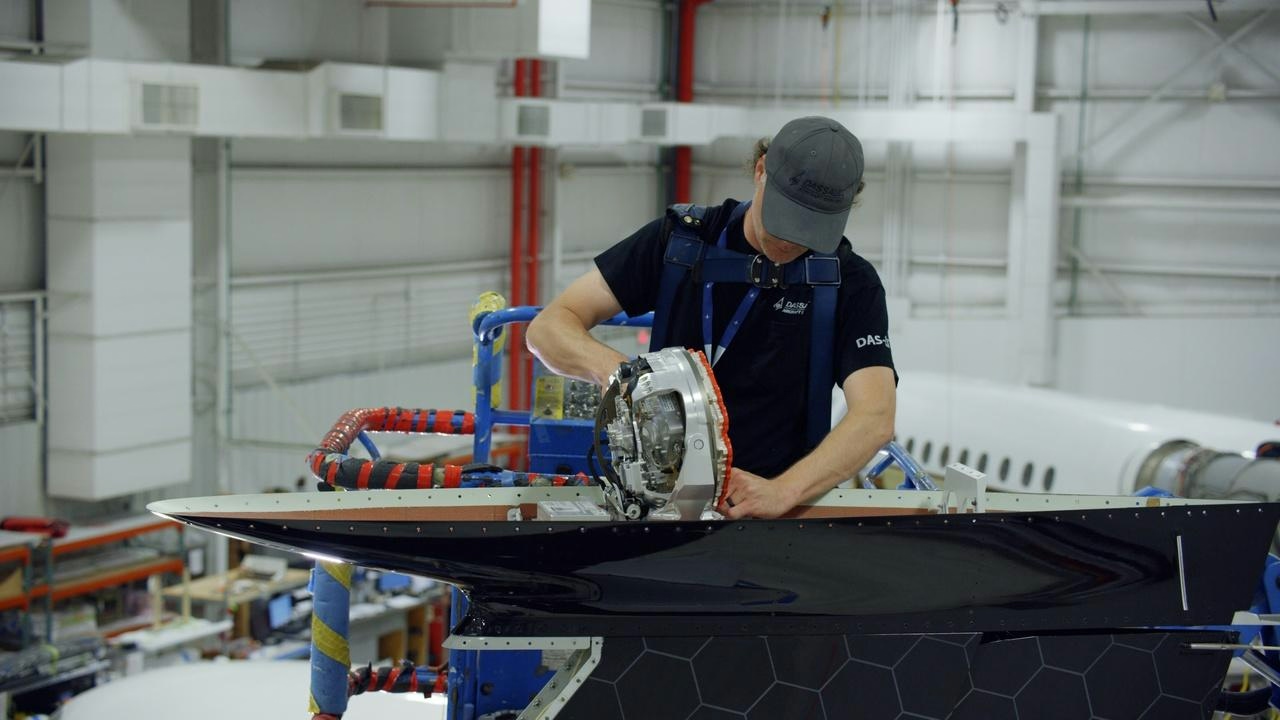
Teledyne Controls and MTU Maintenance Collaborate on Engine Health Monitoring

VSE Corporation to Acquire Aero 3 in Aviation Aftermarket Deal
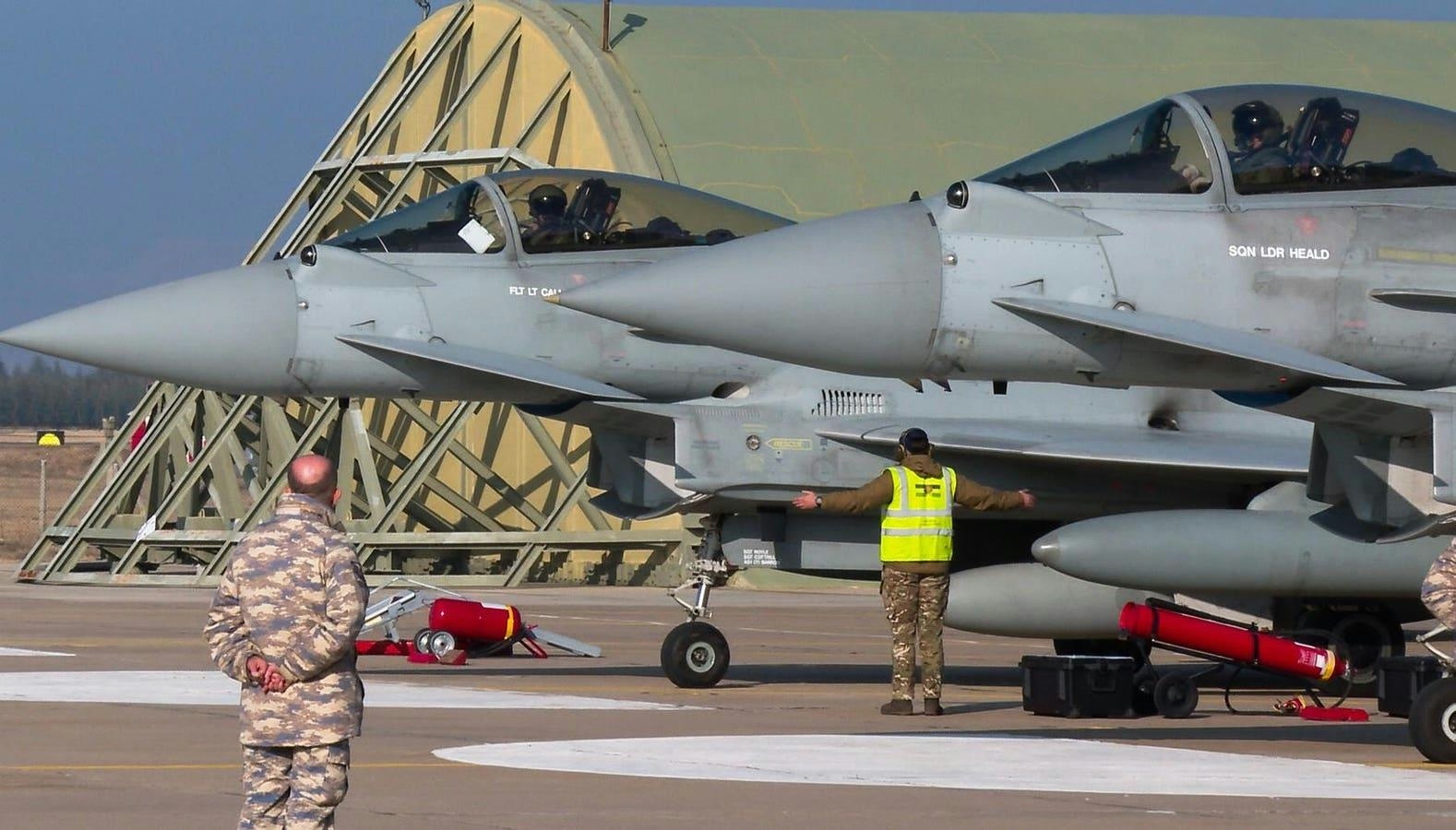
UK and Türkiye Finalize £5.4 Billion Typhoon Fighter Jet Deal
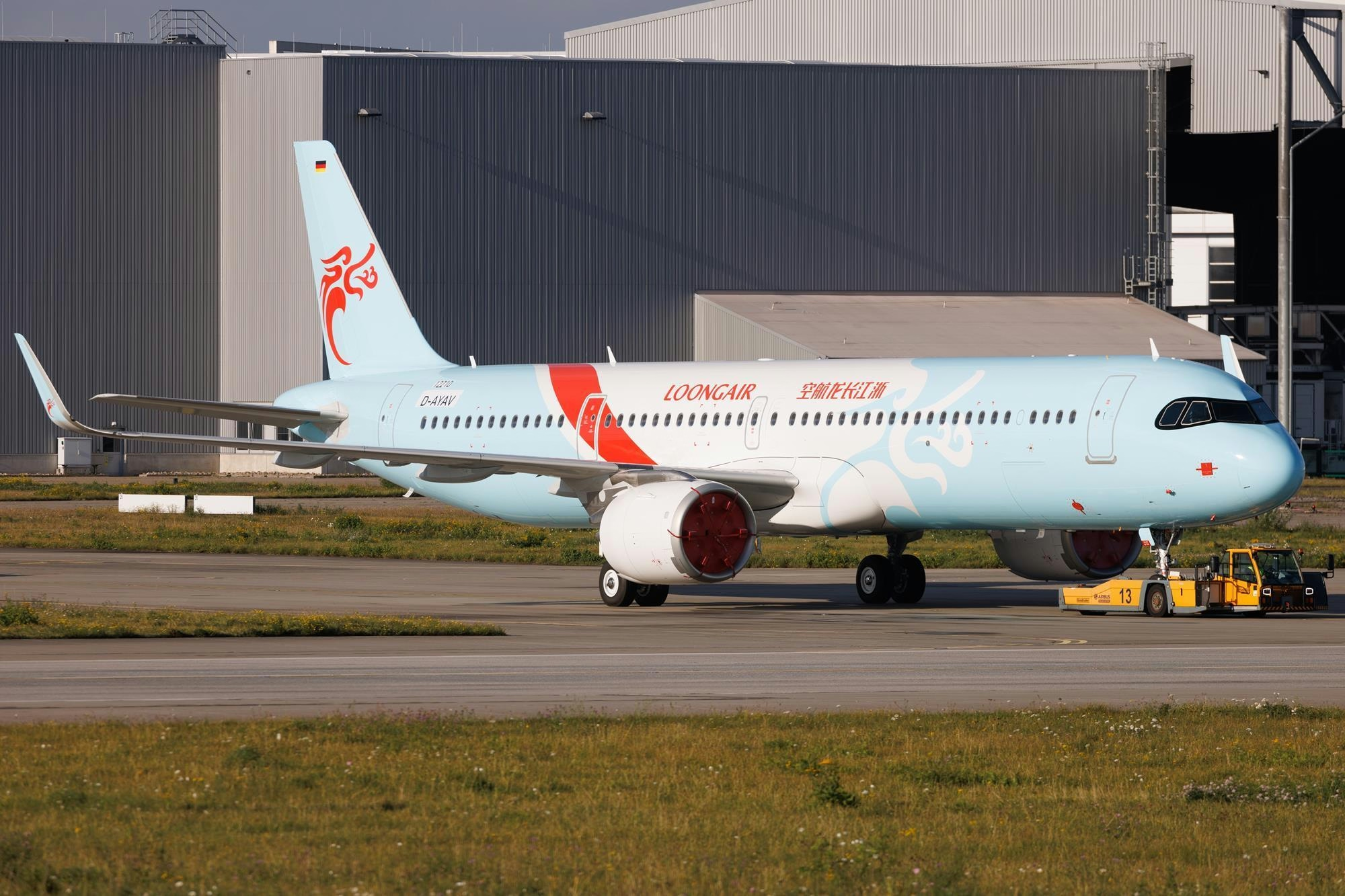
BOC Aviation and Loong Air Sign Lease Agreement for Three A320neos
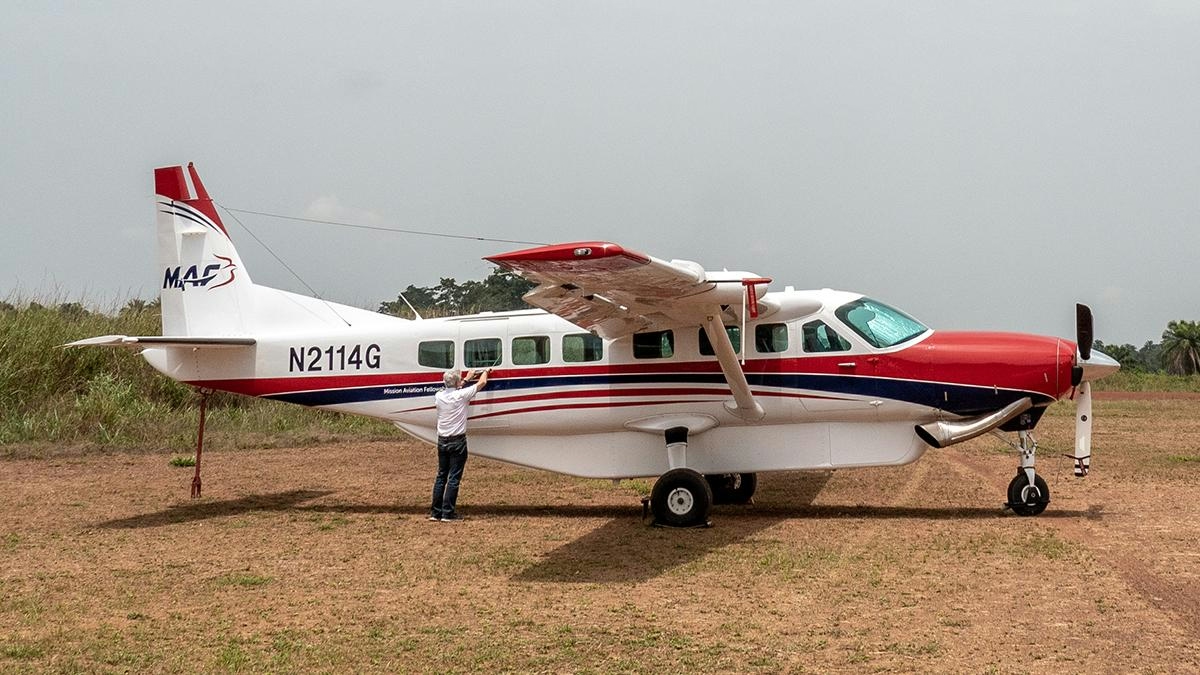
BlueLight Launches First Humanitarian Airline
